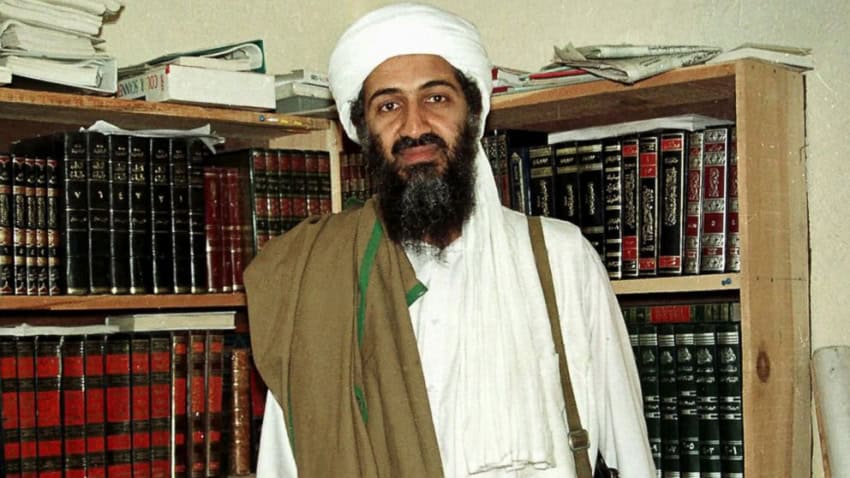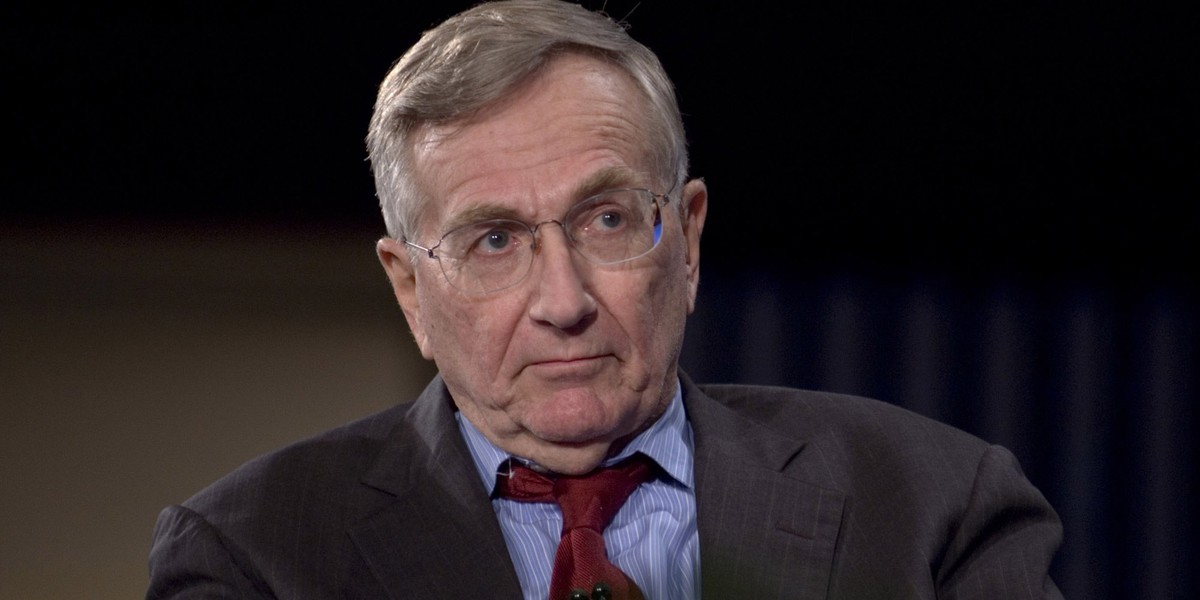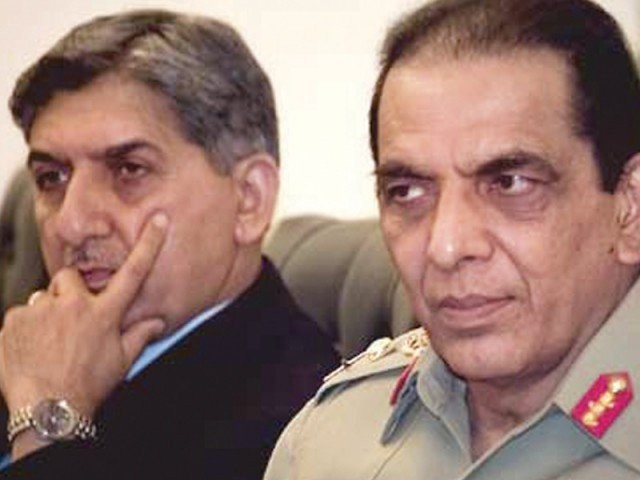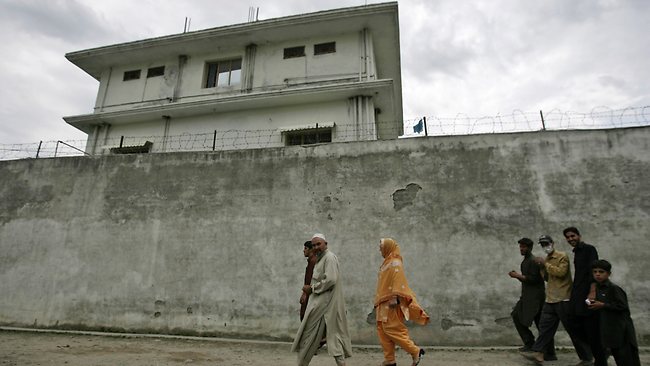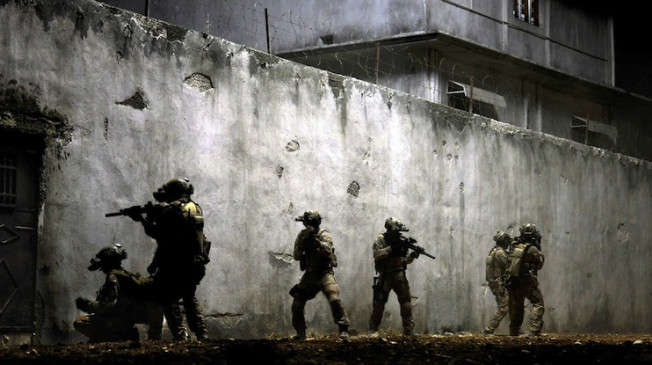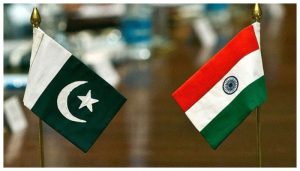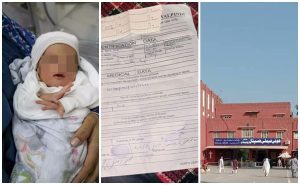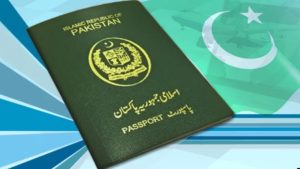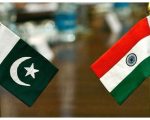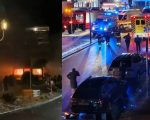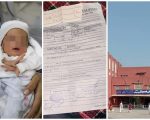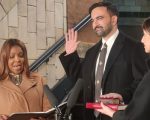LONDON (Web Desk) – The United States got to Osama bin Laden with Pakistan’s help, but disclosed the operation in a manner that made the country look like a villain, according to Seymour M Hersh, an American investigative journalist and author.
“They helped. They totally helped. They helped a great deal,” said Mr Hersh when a Pakistani TV channel asked him if he believed Pakistan helped the US reach the Al Qaeda leader.
In a story published in the London Review of Books on Sunday, Mr Hersh described the official US version of the so-called “Operation Neptune Spear” as a work of fiction, a fairytale.
He noted that the White House still maintains the mission was an all-American affair, and that senior generals of the Pakistan Army and the Inter-Services Intelligence (ISI) were not told about the raid in advance.
“This is false, as are many other elements of the Obama administration’s account. The White House’s story might have been written by Lewis Carroll (the author of “Alice in the Wonderland).”
He argues that if Bin Laden would seek a hideout he would not go for a resort town forty miles from Islamabad.
Would OBL consider it “the safest place to live and command Al Qaeda’s operations?” he asks. “The most blatant lie was that Pakistan’s two most senior military leaders – (retired) Gen Ashfaq Parvez Kayani (who was chief of the army staff at the time), and Gen Ahmed Shuja Pasha, director general of the ISI – were never informed of the US mission,” writes Mr Hersh.
In the interview, Mr Hersh further said the operation that ultimately led to OBL’s death began with a walk-in.
“In Aug 2010 a former senior Pakistani intelligence officer approached Jonathan Bank, the then CIA’s station chief at the US embassy in Islamabad. He offered to tell the CIA where to find (Osama) bin Laden in return for the reward that Washington had offered in 2001.”
The former intelligence official, Mr Hersh said, was a military man who was now living in Washington and working for the CIA as a consultant. “I cannot tell you more about him because it would not be appropriate.”
Mr Hersh rejected the suggestion that Osama bin Laden was living in his own hideout and was free to move around. OBL was an ISI prisoner and never moved except under their supervision, he said.
Mr Hersh said the Saudi government also knew about it and had advised the Pakistanis to keep OBL as a prisoner.
He said when the Americans contacted the Pakistani government and asked for OBL, the ISI insisted that he be killed and his death should be announced a week after the operation.
The Americans were required to say that the Al Qaeda chief was found in a mountainous region in the Hindu Kush so that neither Pakistan nor Afghanistan could be blamed for keeping him, Mr Hersh said.
The author said the ISI wanted him dead because “they did not want a witness”.
According to him, the Americans set up an observation post in Abbottabad and later informed the ISI. Before the operation, the ISI set up a cell in Ghazi, Tarbela, where “one man from the SEALs and two communicators” practised the raid.
Mr Hersh said that President Barack Obama did not consult the then army or ISI chief, Generals Kayani and Pasha, before releasing the cover story that he shared with his nation in a live broadcast.
“The cover story trashed Pakistan. It was very embarrassing for them,” said Mr Hersh. “Pakistan has a good army, not a bad army, but the cover story made it look bad.”
Mr Hersh also said that Shakil Afridi, the physician now jailed in Peshawar for his links to the CIA, was a CIA asset but he did not know about the operation. He was used as a cover to hide the real story.
The Americans, and the Pakistanis, wanted to protect Amir Aziz, a doctor and a major in the Pakistani army. The ISI had moved Dr Aziz close to the compound where they had kept OBL because he was on his deathbed when found.
Mr Hersh also said that former US Defence Secretary Robert Gates disagreed with the cover-up story and wanted the US to respect the arrangement they had made with Pakistan.
“President Obama changed the game because he was running for re-election,” he said. “The two-hour delay in the speech was caused by an internal debate.”
When asked did his investigation show Pakistan as a villain or an ally, he said: “Total ally.” Initially, he said, “here was anger (in Washington) that they had OBL for years, but did not tell us. But we understand people have their interests and act to protect them.”
He added: “The Pakistanis were treated quite badly by the Americans.”
He said the cover- up story soured US relations with the Pakistani military as it made it look bad. “We have a very strong background relationship with them. It continues and is now in a good shape.”
In the story he wrote for London Review of Books (LRB), Mr Hersh says that when the former Pakistani intelligence official walked into the US Embassy, Islamabad, with information about Bin Laden, the CIA did not believe him.
So the agency’s headquarters sent a polygraph team and the CIA began to believe the Pakistani official only after he passed the test.
Although Mr Hersh spoke to a number of people for the story, including a former ISI chief, his major source was a retired senior US intelligence official who told him that the Americans initially did not share with the Pakistanis what they learned from this retired Pakistani official.
Here is how Mr Hersh tells the story in the piece he wrote for LRB: ‘The fear was that if the existence of the source was made known, the Pakistanis themselves would move Bin Laden to another location. So only a very small number of people were read into the source and his story,’ the retired official said. ‘The CIA’s first goal was to check out the quality of the informant’s information.’
The compound was put under satellite surveillance.
The CIA rented a house in Abbottabad to use as a forward observation base and staffed it with Pakistani employees and foreign nationals. Later on, the base would serve as a contact point with the ISI; it attracted little attention because Abbottabad is a holiday spot full of houses rented on short leases. A psychological profile of the informant was prepared. (The informant and his family were smuggled out of Pakistan and relocated in the Washington area. He is now a consultant for the CIA.)
‘By October the military and intelligence community were discussing the possible military options. Do we drop a bunker buster on the compound or take him out with a drone strike? Perhaps send someone to kill him, single assassin style? But then we’d have no proof of who he was,’ the retired official said. ‘We could see some guy is walking around at night, but we have no intercepts because there’s no commo coming from the compound.’
In October, President Obama was briefed on the intelligence. His response was cautious, the retired official said. ‘It just made no sense that bin Laden was living in Abbottabad. It was just too crazy. The president’s position was emphatic: “Don’t talk to me about this anymore unless you have proof that it really is bin Laden.”’
The immediate goal of the CIA leadership and the Joint Special Operations Command was to get Mr Obama’s support. They believed they would get this if they got DNA evidence, and if they could assure him that a night assault of the compound would carry no risk. The only way to accomplish both things, the retired official said, ‘was to get the Pakistanis on board’.
During the late autumn of 2010, the US continued to keep quiet about the walk-in, and Generals Kayani and Pasha continued to insist to their American counterparts that they had no information about bin Laden’s whereabouts. The next step was to figure out how to ease Kayani and Pasha into it – to tell them that we’ve got intelligence showing that there is a high-value target in the compound, and to ask them what they know about the target,’ the retired official said.
‘The compound was not an armed enclave – no machine guns around, because it was under ISI control.’
The former Pakistani intelligence official, described in the story as “the walk-in,” had told the US that bin Laden had lived undetected from 2001 to 2006 with some of his wives and children in the Hindu Kush mountains, and that ‘the ISI got to him by paying some of the local tribal people to betray him.’
The Pakistani official also told the CIA station chief that bin Laden was very ill, and that early on in his confinement at Abbottabad, the ISI had ordered Amir Aziz, a doctor and a major in the Pakistani army, to move nearby to provide treatment.
‘The truth is that bin Laden was an invalid, but we cannot say that,’ the retired official said. “You mean you guys shot a cripple? Who was about to grab his AK-47?”’
‘It didn’t take long to get the co-operation we needed, because the Pakistanis wanted to ensure the continued release of American military aid, a good percentage of which was anti-terrorism funding that finances personal security, such as bullet-proof limousines and security guards and housing for the ISI leadership,’ the retired official said.
He added that there were also under-the-table personal ‘incentives’ that were financed by off-the-books Pentagon contingency funds.
‘The intelligence community knew what the Pakistanis needed to agree – there was the carrot. And they chose the carrot. It was a win-win. We also did a little blackmail. We told them we would leak the fact that you’ve got bin Laden in your backyard. We knew their friends and enemies’ – the Taliban and jihadist groups in Pakistan and Afghanistan – ‘would not like it.’
A worrying factor at this early point, according to the retired official, was Saudi Arabia, which had been financing bin Laden’s upkeep since his seizure by the Pakistanis.
“The Saudis didn’t want bin Laden’s presence revealed to us because he was a Saudi, and so they told the Pakistanis to keep him out of the picture. The Saudis feared if we knew we would pressure the Pakistanis to let bin Laden start talking to us about what the Saudis had been doing with Al Qaeda. And they were dropping money – lots of it.
“The Pakistanis, in turn, were concerned that the Saudis might spill the beans about their control of bin Laden. The fear was that if the US found out about bin Laden from Riyadh, all hell would break out. The Americans learning about bin Laden’s imprisonment from a walk-in was not the worst thing.”
Despite their constant public feuding, American and Pakistani military and intelligence services have worked together closely for decades on counterterrorism in South Asia. Both services often find it useful to engage in public feuds ‘to cover their asses’, as the retired official put it, but they continually share intelligence used for drone attacks, and cooperate on covert operations.
“It’s understood in Washington that US security depends on the maintenance of strong military and intelligence ties to Pakistan. The belief is mirrored in Pakistan,” says Mr Hersh.
The writer notes that the bin Laden compound was less than two miles from the Pakistan Military Academy, and a Pakistani army combat battalion headquarters was another mile or so away.
He notes that President Obama’s worries about the information delivered to the CIA station chief were realistic, the retired official said. ‘Was bin Laden ever there? Was the whole story a product of Pakistani deception? What about political blowback in case of failure?’ After all, as the retired official said, ‘If the mission fails, Obama’s just a black Jimmy Carter and it’s all over for re-election.’
Mr Obama was anxious for reassurance that the US was going to get the right man. The proof was to come in the form of bin Laden’s DNA. The planners turned for help to Generals Kayani and Pasha, who asked Dr Aziz to obtain the specimens. Soon after the raid the press found out that Dr Aziz had been living in a house near the bin Laden compound: local reporters discovered his name in Urdu on a plate on the door. Pakistani officials denied that Dr Aziz had any connection to bin Laden, but the retired official told Mr Hersh that Dr Aziz had been rewarded with a share of the $25 million reward the US had put up because the DNA sample had showed conclusively that it was bin Laden in Abbottabad.
American and Pakistani officials bargained for weeks over how the mission would be carried out, and the Pakistanis proved instrumental in providing intelligence, in the final agreement, that allowed the raid to occur successfully.
“At the Abbottabad compound ISI guards were posted around the clock to keep watch over bin Laden and his wives and children. They were under orders to leave as soon as they heard the rotors of the US helicopters,” Hersh wrote.
“An ISI liaison officer flying with the Seals guided them into the darkened house and up a staircase to bin Laden’s quarters. The Seals had been warned by the Pakistanis that heavy steel doors blocked the stairwell on the first and second-floor landings; bin Laden’s rooms were on the third floor,” Hersh alleged, citing his sources.
After bin Laden was shot and killed during the raid, White House officials contended that his body was brought to the USS Carl Vinson, possibly in the Indian Ocean, for a burial at sea that was conducted in accordance with Muslim law.
Again, Hersh claims that the administration lied.
“Within weeks of the raid, I had been told by two longtime consultants to Special Operations Command, who have access to current intelligence, that the funeral aboard the Carl Vinson didn’t take place,” he wrote.
“One consultant told me that bin Laden’s remains were photographed and identified after being flown back to Afghanistan. The consultant added: ‘At that point, the CIA took control of the body,” Hersh wrote.

